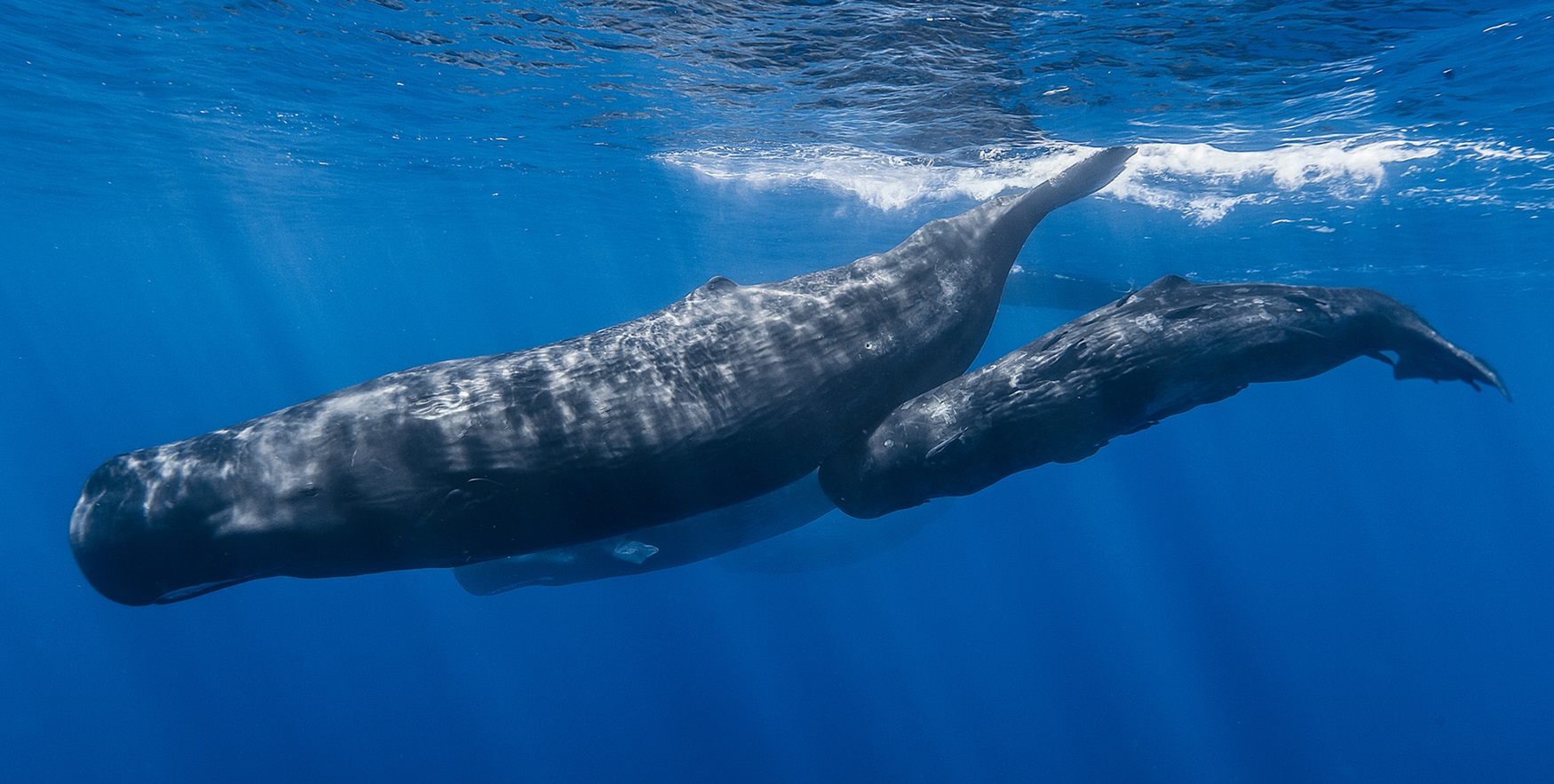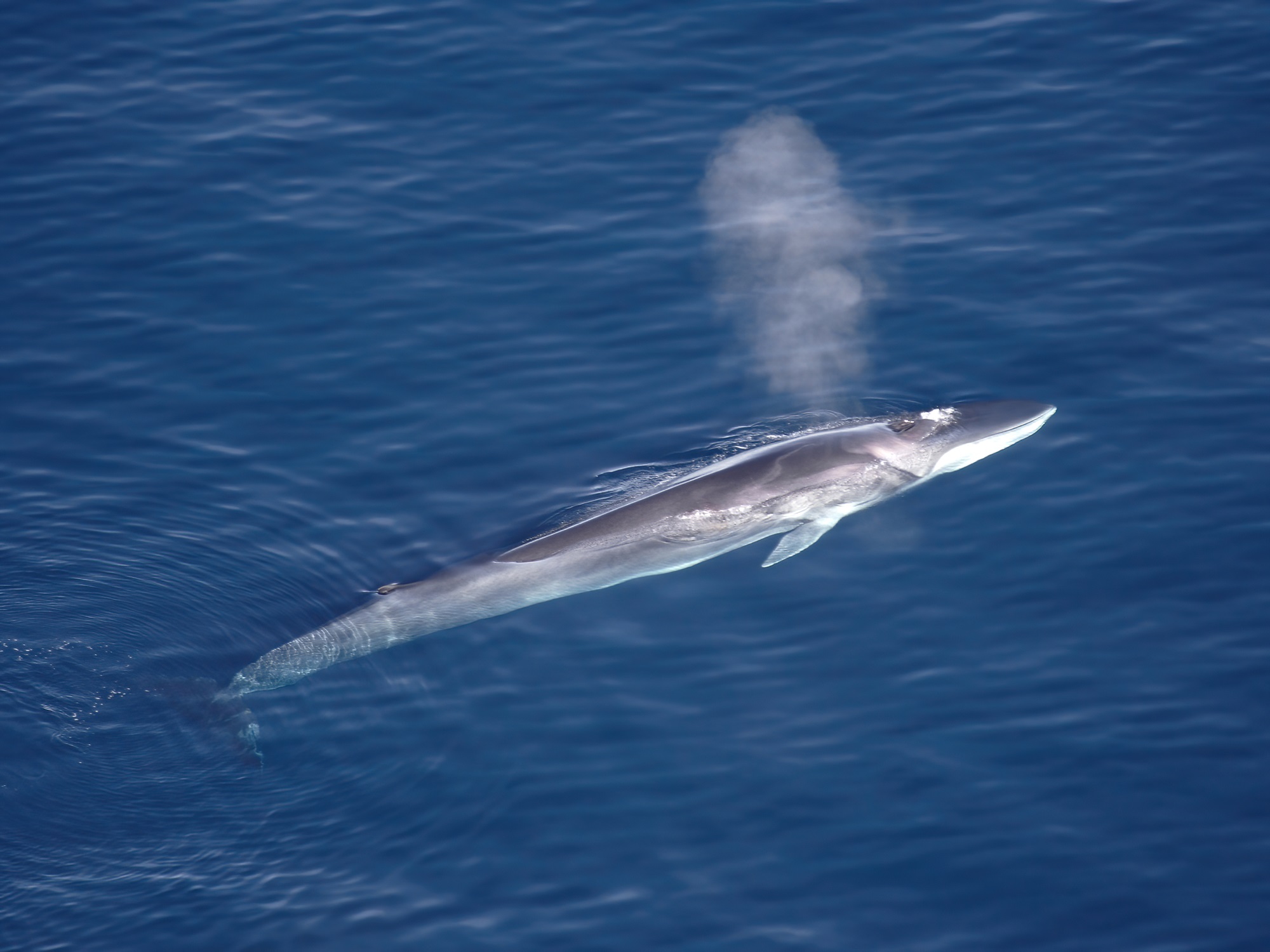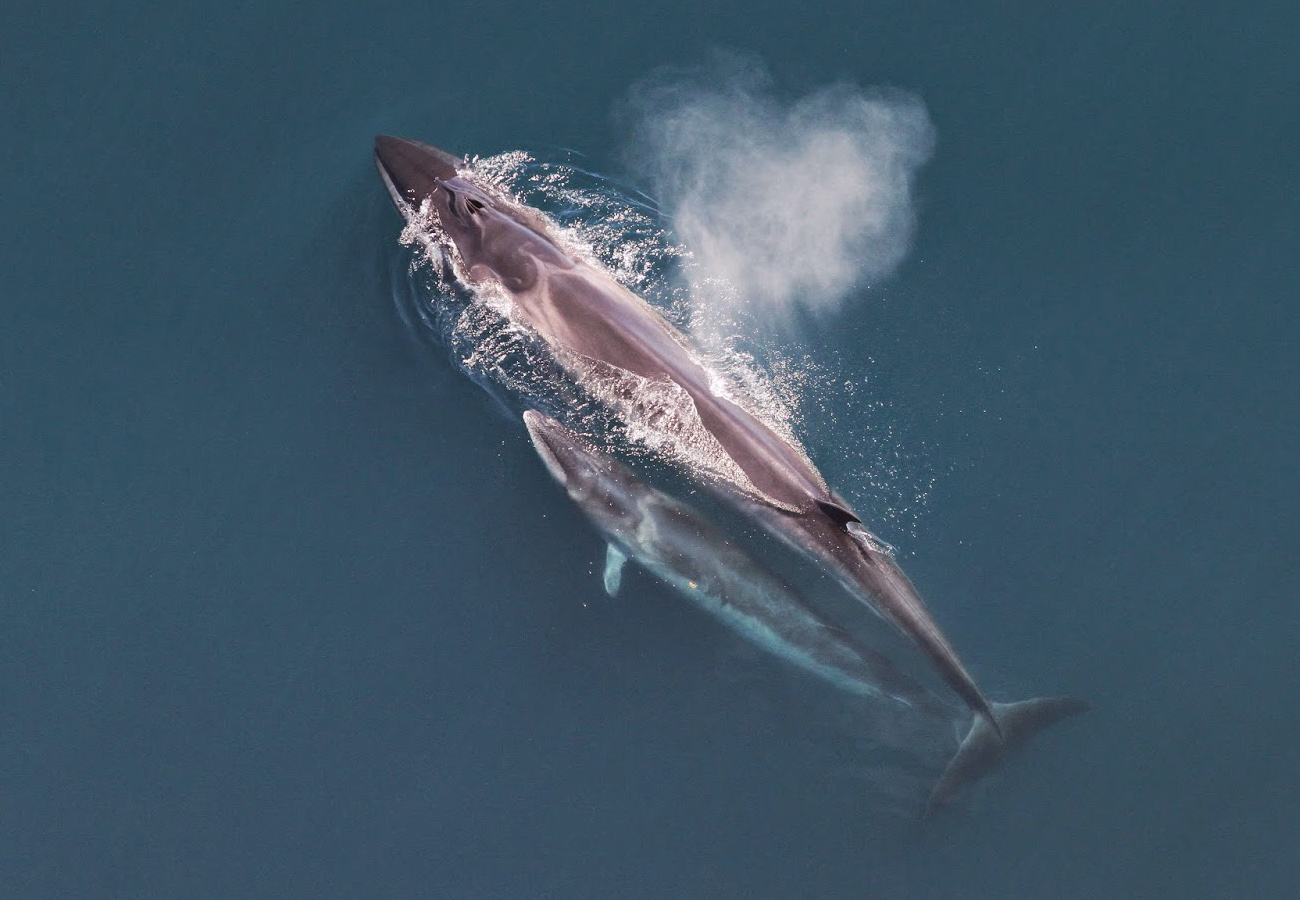The common minke whale (Balaenoptera acutorostrata) is the smallest of the baleen whales but is one of the most abundant baleen whales in the world. The scientific name acutorostrata means “sharp snout,” highlighting the whale’s pointed, bulletlike rostrum. In Canadian waters, there are two distinct common minke whale subspecies: a North Pacific subspecies (Balaenoptera acutorostrata scammoni) and a North Atlantic subspecies (Balaenoptera acutorostrata acutorostrata).
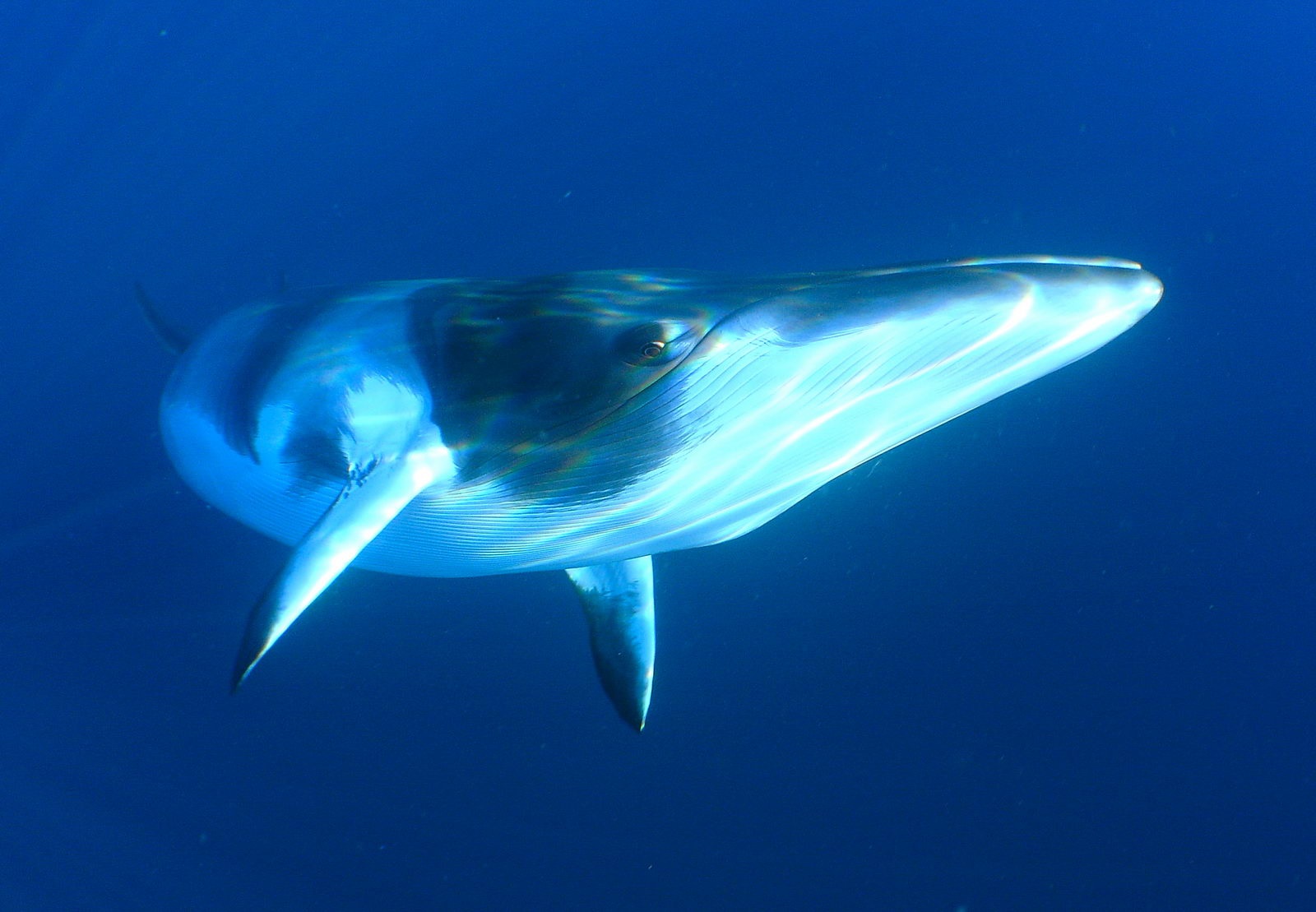
Description
Common minke whales have dark, sleek bodies with black, dark-brown and grey tones. They have a chevron behind their head and a pale underbelly. Their fins have a well-defined white band in the middle, which helps distinguish them from other whales. As the smallest of the baleen whales, common minke whales measure around eight to ten meters and weigh between five to ten tonnes, with females often being larger than the males. The tall, sickle-shaped dorsal fin sets the common minke whales apart from other whales when they surface. Within the two subspecies of the common minke whale, there is considerable variation in traits such as body size, colouration patterns and baleen plates. The number of baleen plates can range from 230 to 360 short, white plates spanning 20 to 30 cm in length. As filter feeders, common minke whales have 50 to 70 abdominal pleats along their throats, allowing them to expand when feeding.

Distribution and Migration
Like many other cetaceans, the common minke whale migrates seasonally. During the winter, these whales remain near the equator, where their breeding grounds are found. In the spring, many whales migrate to high-latitude waters of the Atlantic and the Pacific Oceans. However, the common minke whale’s distribution varies with age and sex. During the summer, mature males can be found in small groups in polar waters near the ice edge. Mature females will also migrate to high-latitude waters but remain closer to the coast. Immature whales are solitary and remain in warmer, lower-latitude environments and are found in both coastal and offshore waters.
Reproduction and Development
Once the solitary immature whales reach approximately seven metres between the ages of three and eight years, they sexually mature and take part in the winter mating season. Gestation lasts 10–11 months, and females give birth to a single calf of two to three metres and around 450 kilograms. The calves will nurse for four to six months before weaning and becoming solitary. Mothers will give birth to a calf every 12–14 months, resulting in both mating and calving taking place in the winter months. The common minke whale can live up to 50 years.
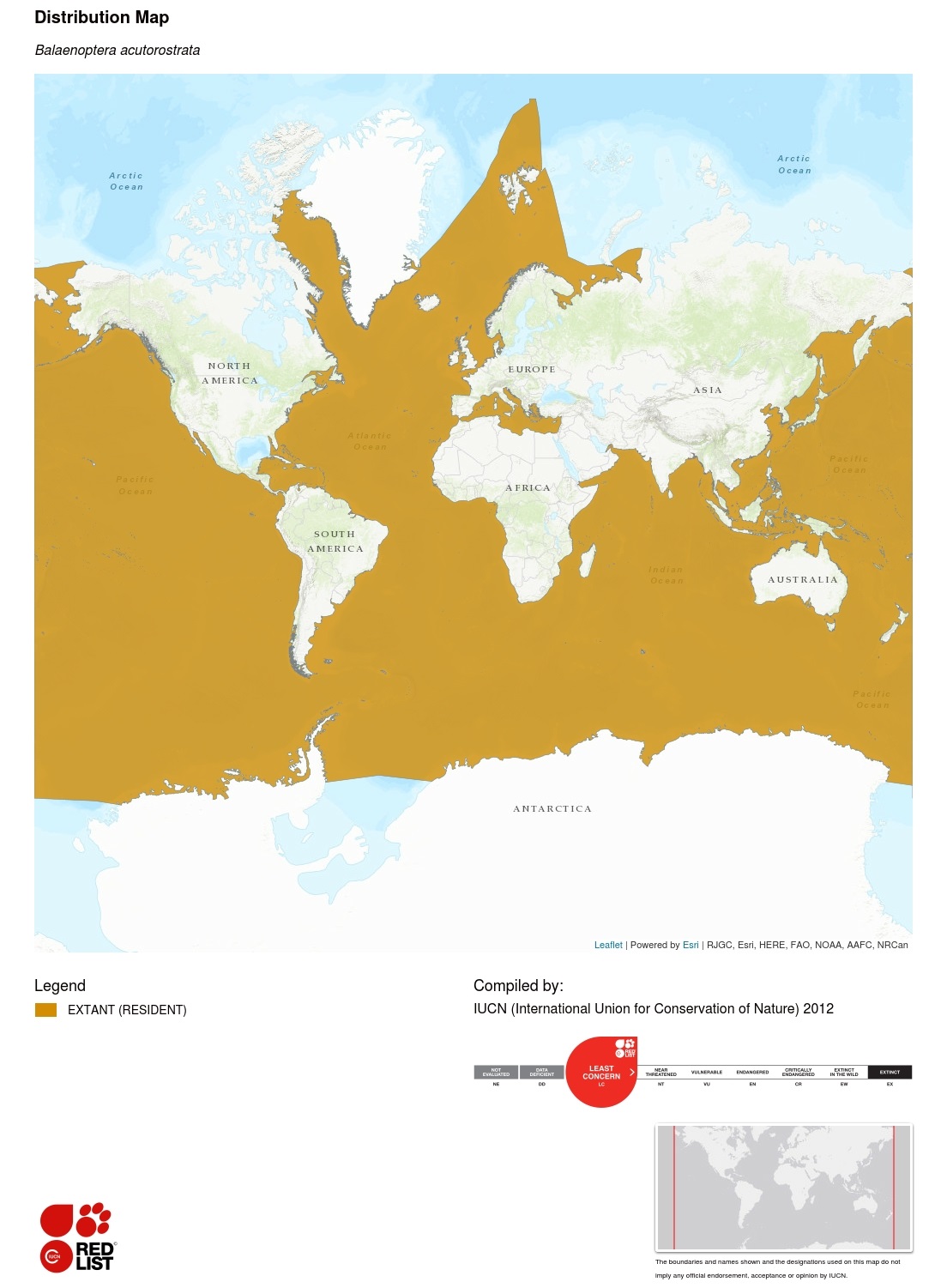
Behaviour and Feeding
The common minke whale will travel alone or in small groups of two to three whales. However, they can be found in groupings of up to 400 animals in the polar feeding areas. They are known to make noises such as clicks, grunts and thumps. This has led scientists to believe that both subspecies have a complex social structure. Unlike many other whales, common minke whales do not lift their fluke out of the water when they dive for prolonged periods. Their dives can last up to 15 minutes, but the whale typically remains underwater for between 6 to 12 minutes. When they surface, whales will breach the water snout first and release a small but visible plume. The common minke whale is very active at the surface and can be regularly observed breaching. These whales are also very curious and are known to approach boats and wharves, which is rare for baleen whales.
Common minke whales use a side-lunge feeding technique to engulf the most food possible. They swim along the surface on their side through a swarm of their prey with their mouths open. The whales will then filter the water from their mouth while their baleen retains their food. They are opportunistic feeders that will feed on crustaceans and plankton as well as squid, small schooling fish such as herring and sardines and even larger fish, including mature arctic cod and haddock.
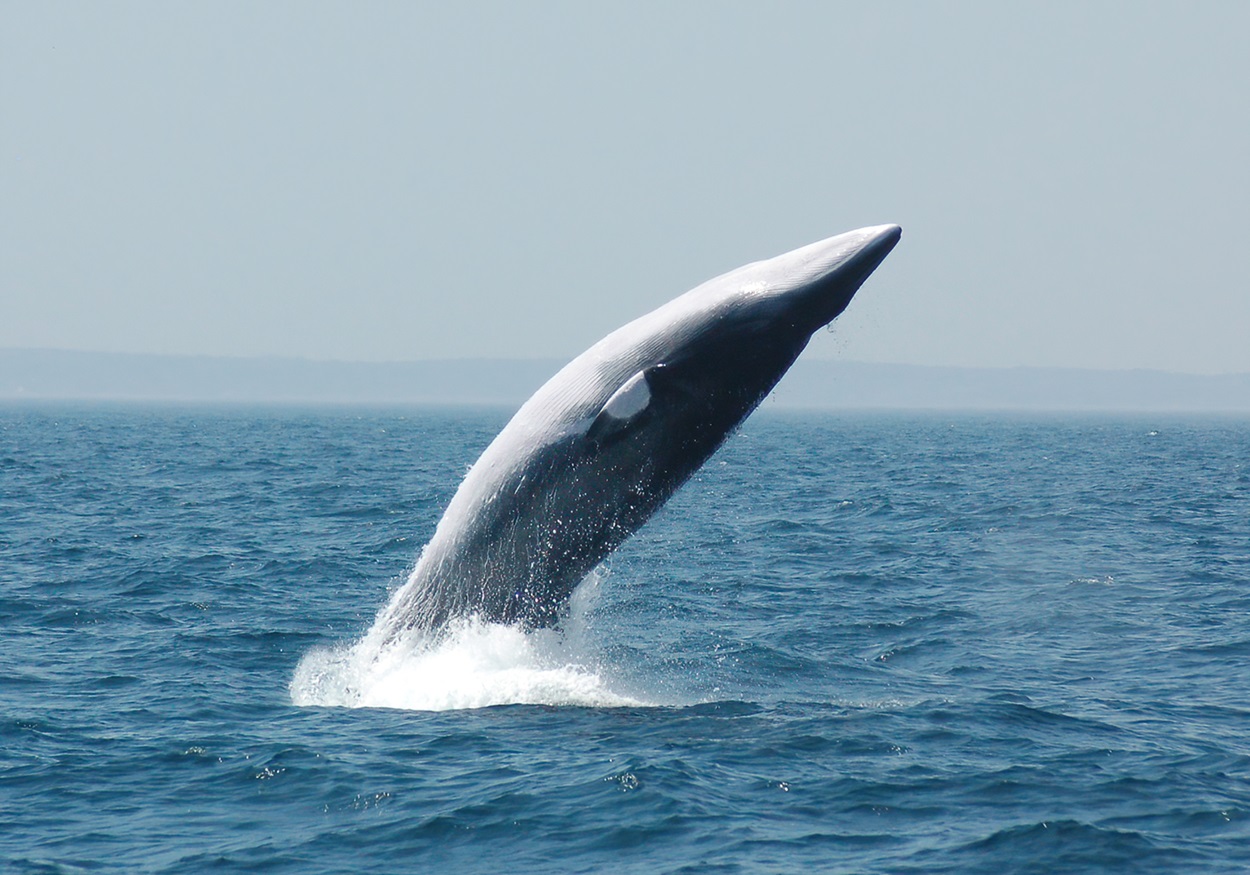
Threats and Conservation
Due to their smaller size, common minke whales were not a whaling target for very long before the International Whaling Commission instated a moratorium on whaling in 1986. Because of this, the population is stable at around 200,000 individuals, and it is listed as a species of Least Concern by the International Union for Conservation of Nature’s Red List of Threatened Species. However, they are still susceptible to threats such as entanglement in fishing gear and are common victims of bycatch in the Atlantic and Pacific Oceans. As curious animals, they are very susceptible to vessel strikes and are affected by noise pollution from boats. Other threats include their natural predator, the killer whale.

 Share on Facebook
Share on Facebook Share on X
Share on X Share by Email
Share by Email Share on Google Classroom
Share on Google Classroom

